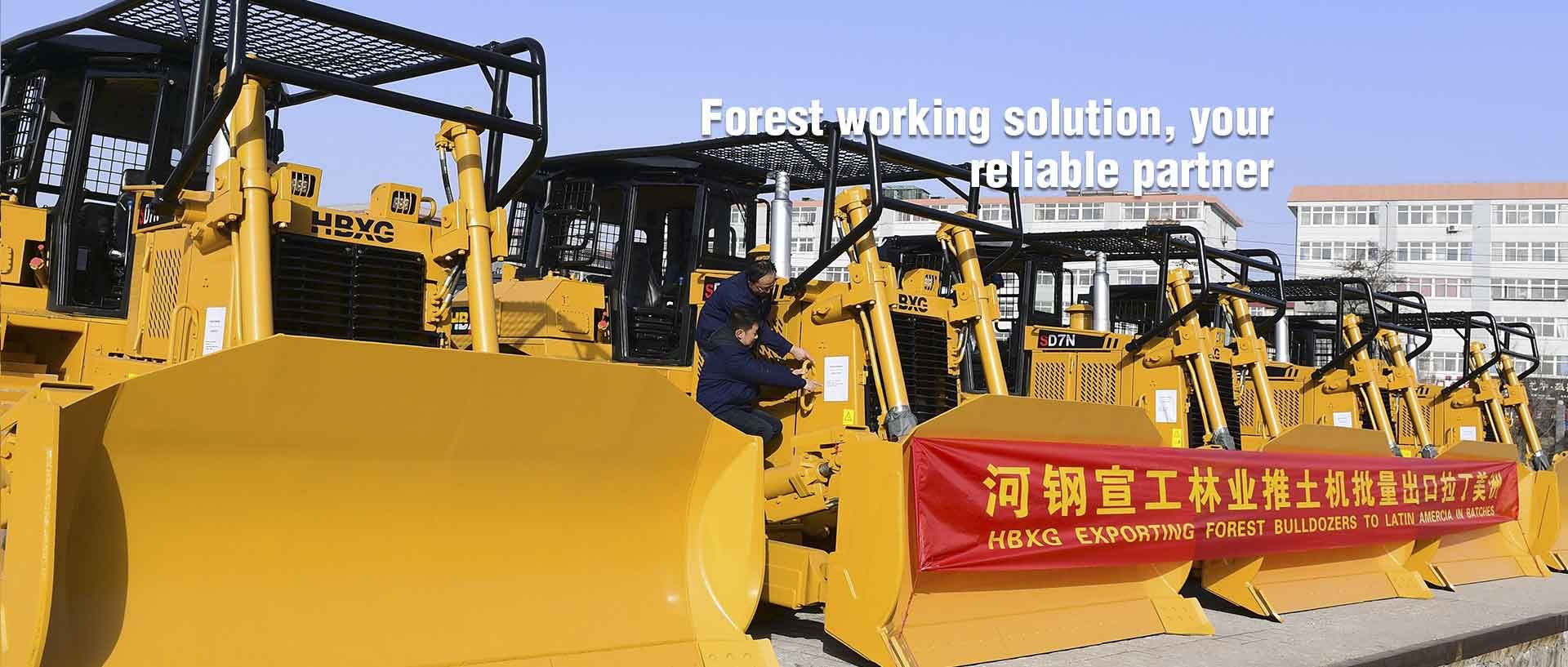What are the Driving Safety Precautions for Excavators?
 Apr. 02, 2020
Apr. 02, 2020
As the main customers of Excavators are located in rural and urban areas across the country, excavators work efficiently and are highly mobile. Most of them have their trailers, situated between the mountains and the jungle. In the construction of excavators, safety is always the number one issue. What are the safety requirements and precautions for driving an excavator? How to operate the excavator safely in different terrains? Next, we follow the Excavator manufacturer To understand.
First of all, the trailer should not be too high, and it cannot be wiped easily. High-Quality Excavator tires are usually 750-825. Secondly, the brake must be air brake, preferably water jet brake, long-term downhill brake, the brake is easy to soften, and even the accident that the car hits the cliff is caused by oil brake. Then, it is recommended to stop the air brake when stopping. If there is no air brake, when the excavator moves up and down, the wheels must be placed on the stone. It is not enough to apply the brakes. The experience of the excavator and the trailer sliding together is poor.
Excavator
In addition to engine carbon deposition, the excavator teaches you the harsh environment of three construction tools, such as excavator and forklift. The machine is often overloaded for a long time. In addition, poor quality diesel is often used on construction sites, so the vehicle's engine may have carbon deposition. Carbon deposition is a dense carbon oil compound. Because diesel and oil are not completely burned into the cylinder, oil accumulates on the surface areas of engine cylinder heads, cylinder liners, pistons, valves, combustion chambers, and injectors. Poor thermal conductivity. Long-term accumulation can cause local overheating of components. Severe nozzles, valve ablation, blockage of piston rings, and pulling of the cylinder can cause serious failures. Besides, if carbon deposits accumulate on the surface of the combustion chamber, it can also cause The increase in compression ratio, pre-ignition, and knocking seriously affects the engine's power performance and fuel consumption. Therefore, the excavator must regularly check the carbon deposit layer and completely remove the carbon deposit layer for maintenance.
How to remove carbon deposits and maintain them? The simplest and most direct way to deposit carbon by mechanical grinding first is to use a tool for mechanical polishing. You can use a wire brush, spatula, bamboo, or abrasive cloth to wipe the carbon deposit. Special tools can be used for special-shaped parts. Carbon deposition. For example, You can use a thin wire brush to clean the carbon deposits around the nozzle. The pressure chamber is made of a special needle. The valve guide and seat carbon can be removed with a cylindrical wire brush. The mechanical grinding method is difficult, but the efficiency is low, and the cleaning effect is poor. Many small scratches are left in the cleaning process. The surface of the part is large and easy to become a new carbon accumulation point.
And the principle of sandblasting is similar to sandblasting, but the blasting particles are not sand. When the core is blasted, high-speed airflow is used to spray walnut sand on the surface of the part to remove carbon deposits and oil stains. This method requires special equipment and is difficult to use widely.
























